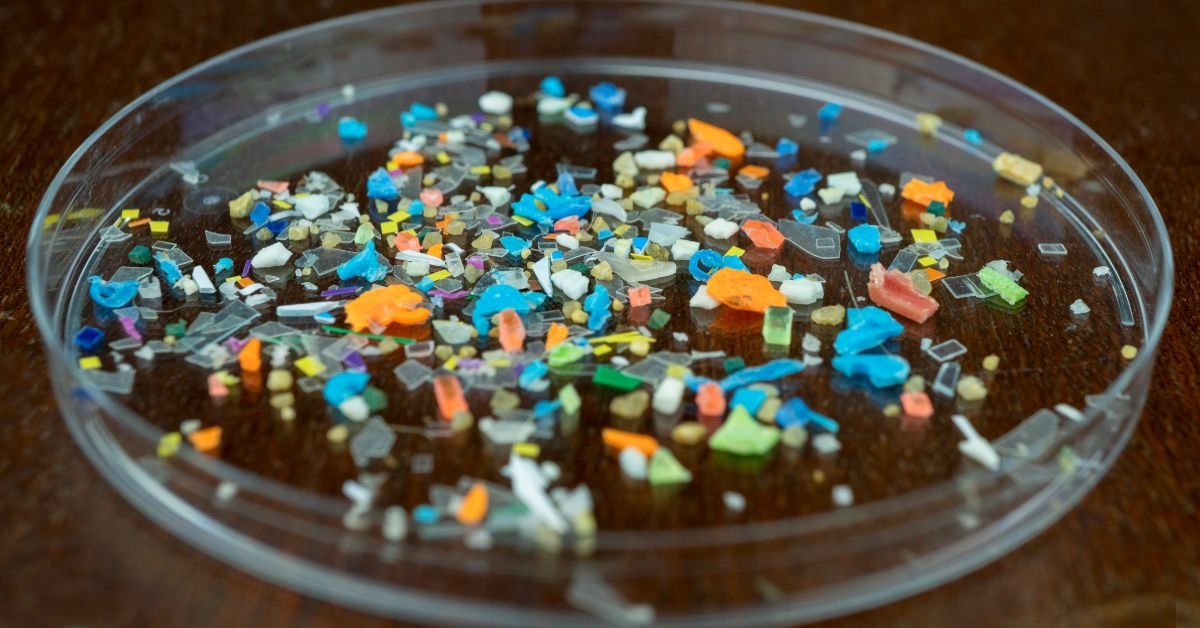Every day, we unknowingly ingest tiny plastic particles known as microplastics—in our food, our water, and even the air we breathe.
Once considered purely an environmental issue, microplastics are now recognized as a hidden health hazard with growing evidence of their effects on the human body. But the good news? You’re not powerless.
In this post, we’ll explore:
- What microplastics are and where they hide
- The latest research on how they affect your body
- 10 simple, science-backed ways to reduce your exposure and detox your lifestyle
What Are Microplastics, and Where Are They Hiding?

Microplastics are plastic particles smaller than 5 millimeters, often shed from larger plastic products or created through industrial processes. You’ll find them in:
- Tap and bottled water
- Seafood and table salt
- Tea bags made from nylon or PET
- Cosmetics and toothpaste
- Even household dust
If that sounds overwhelming, you’re not alone. These particles are virtually invisible—but their impact is becoming all too real.
How Microplastics May Affect Your Health

Though research is ongoing, early studies suggest microplastics may:
- Trigger inflammation and oxidative stress in tissues
- Disrupt the gut microbiome, which affects immunity and mental health
- Act as carriers for toxins and heavy metals
- Interfere with hormone regulation (they can act as endocrine disruptors)
While we’re only scratching the surface of the health consequences, the connection between environmental toxins and chronic illness is growing stronger.
10 Everyday Habits to Reduce Microplastic Exposure

Reducing your exposure doesn’t require drastic life changes. Start with these practical steps:
- Filter your tap water using a certified microplastic filter
- Avoid single-use plastics (bottles, straws, utensils)
- Use natural fiber clothing and reduce synthetic laundry loads
- Vacuum and dust often – microplastics live in house dust
- Switch to plastic-free tea bags or loose leaf
- Choose fresh, unpackaged foods over plastic-wrapped options
- Avoid heating food in plastic containers
- Check cosmetic labels for microbeads (polyethylene, polypropylene)
- Air dry your clothes – synthetic dryers release more microfibers
- Use glass, stainless steel, or bamboo alternatives whenever possible
These changes not only reduce your plastic intake, but they contribute to a cleaner planet too.
Final Thoughts: Small Shifts, Big Impact
The battle against microplastics may feel invisible—but your actions have weight. By being mindful of what you consume and how you live, you’re taking meaningful steps toward protecting your body and future health. Detoxing from microplastics is not a one-time fix, but a lifestyle of conscious, empowered choices.



